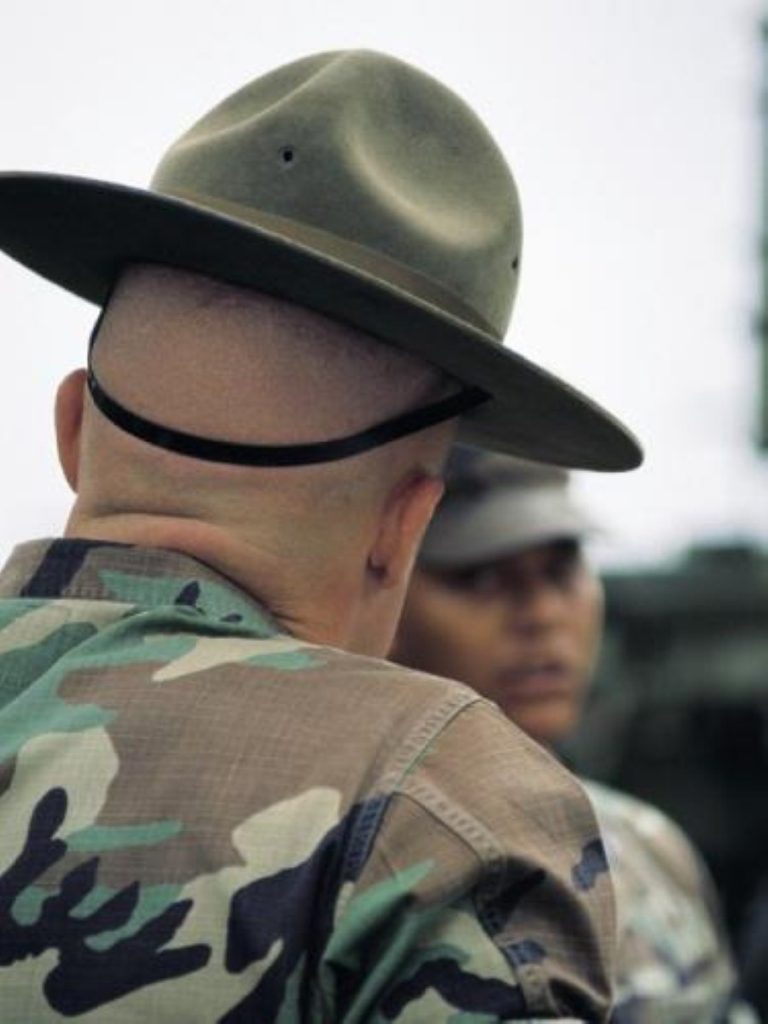Army deceived ministers on ethnic minority recruiting
Documents newly released under the Freedom of Information Act have revealed that in the 1970s the Army refused to co-operate with the Institute of Race Relations and in reality operated quotas for ethnic minority recruits.
It told the IRR – and apparently ministers – that it was unable to comply with requests to release an ethnic breakdown, but in fact Army doctors had been instructed to record ethnicity data from the 1960s.
The revelation is contained within a whole host of documents from the 1960s and 1970s available to the public in the National Archives from January 4th.
The so-called ‘D-factor’ required medics to record any applicants that were not of North European descent.


From 1957 doctors would mark the records of any recruit who displayed “Asiatic or Negroid features”, though there was considerable latitude granted with “swarthy Frenchmen” potentially classified as non-white.
This information was then used to limit the numbers of “non-whites” in sections of the Army.
But when asked to produce statistics on ethnic minority recruits the Army told the IRR that it was a “matter of regret” that the data could not be produced.
A confidential briefing paper from 1972, written for the Adjutant General of the Army in 1972, indicates that military officials knew that such information was accessible. It reads: “Officially, we state that we do not keep statistics of coloured soldiers.
“In fact, we do have a record, resulting from the description put on the attestation paper by the medical officer, of the features of the recruit.”
Even ministers were not told about the records, with a minute from 1974 notes stating that: “The way in which the army records the colour of soldiers is complex and we do not feel that it would be appropriate to mention it to ministers”.
It is not known when the practice officially ended, but the Army stresses that today it is fully committed to being an equal opportunities employer.

